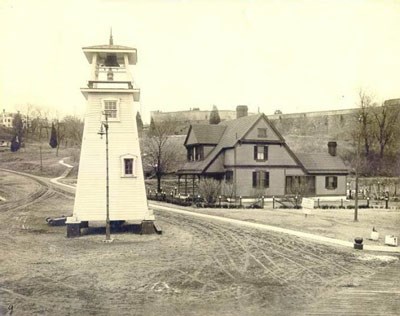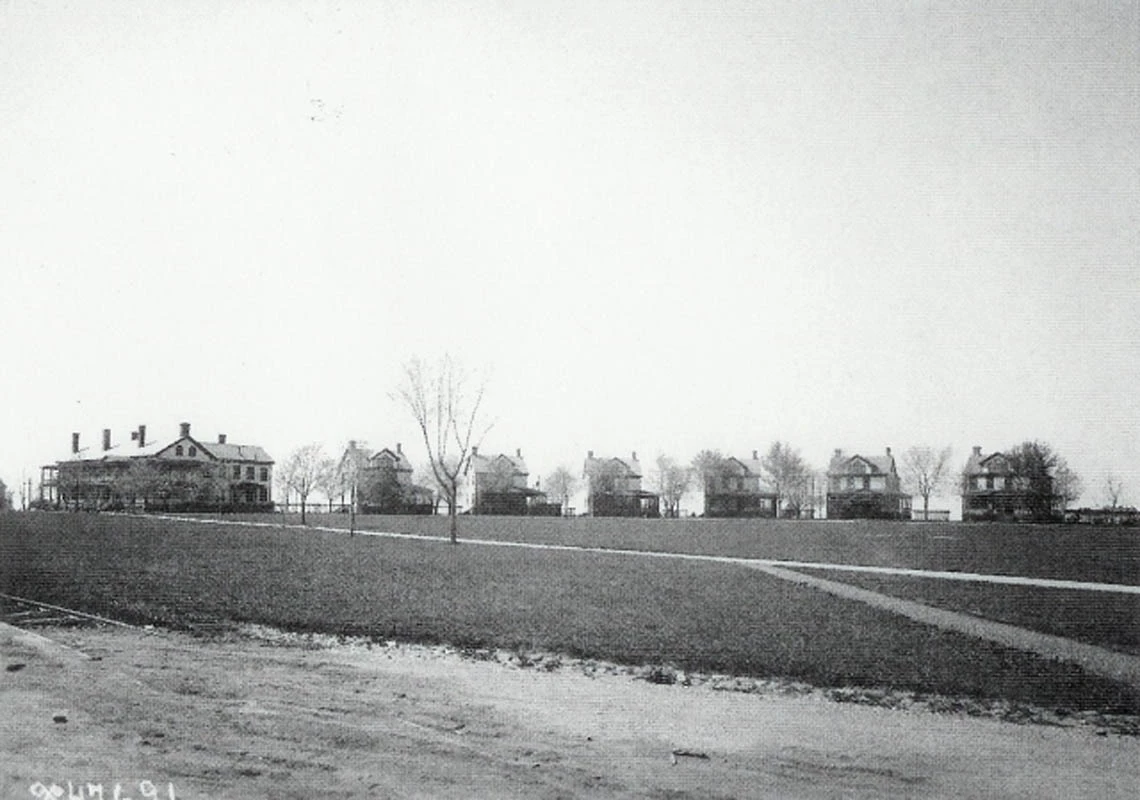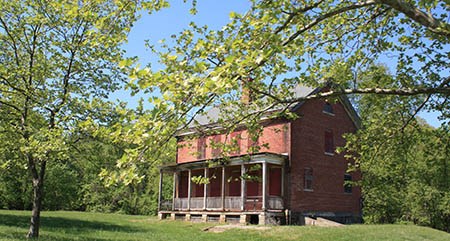Last updated: October 7, 2021
Article
Fort Washington Park Cultural Landscape

NPS / Fort Washington photo files
Today, Fort Washington Park is a 341-acre historical and recreational area in Prince George’s County, Maryland, just south of Washington, D.C. The Fort Washington cultural landscape's period of historic significance begins in 1808, when the federal government first acquired property at Digges' Point to build a fortification, and continues to 1921, when the final Coast Artillery troops were withdrawn. After that, the post no longer served a defensive role.
The landscape is the former site of Warburton Manor, the Digges's family plantation that predated the fort. After years of negotiation, in 1808, the family sold a portion of the property to the U.S. government for the construction of a fort overlooking the Potomac River in order to help protect the new capital city. Fort Warburton, a component of what is known as the "Second System" of fortifications built to protect the U.S. coast, was completed the following year. The fort was destroyed in August of 1814 after it was assaulted by a British naval squadron.
The more substantial Fort Washington was a brick and stone work, typical of American forts of the "Third" or "Permanent System" of fortifications. When the fort was completed in 1824, it had a system of walls, moats, and outerworks for protection. It was designed to take advantage of the topography, positioned above the river and defended on the landside by a ravine. Forts during this era were intended to operate as relatively self-sufficient communities, and much of the development of the post supported this expectation.

NARA/Records of the Office of the Chief Signal Officer, #47691

NPS Photo
The Fort Washington Park landscape today is a large recreational area, with expansive, well-manicured open spaces interspersed with lightly-wooded picnic areas and mature woodlands. The park landscape retains historical integrity from the various eras in which it served as the principal defensive post protecting the Potomac River access to Washington, D.C.
Quick Facts
- Cultural Landscape Type: Designed
- National Register Significance Level: National
- National Register Significance Criteria: A, C, D
- Period of Significance: 1808-1921

